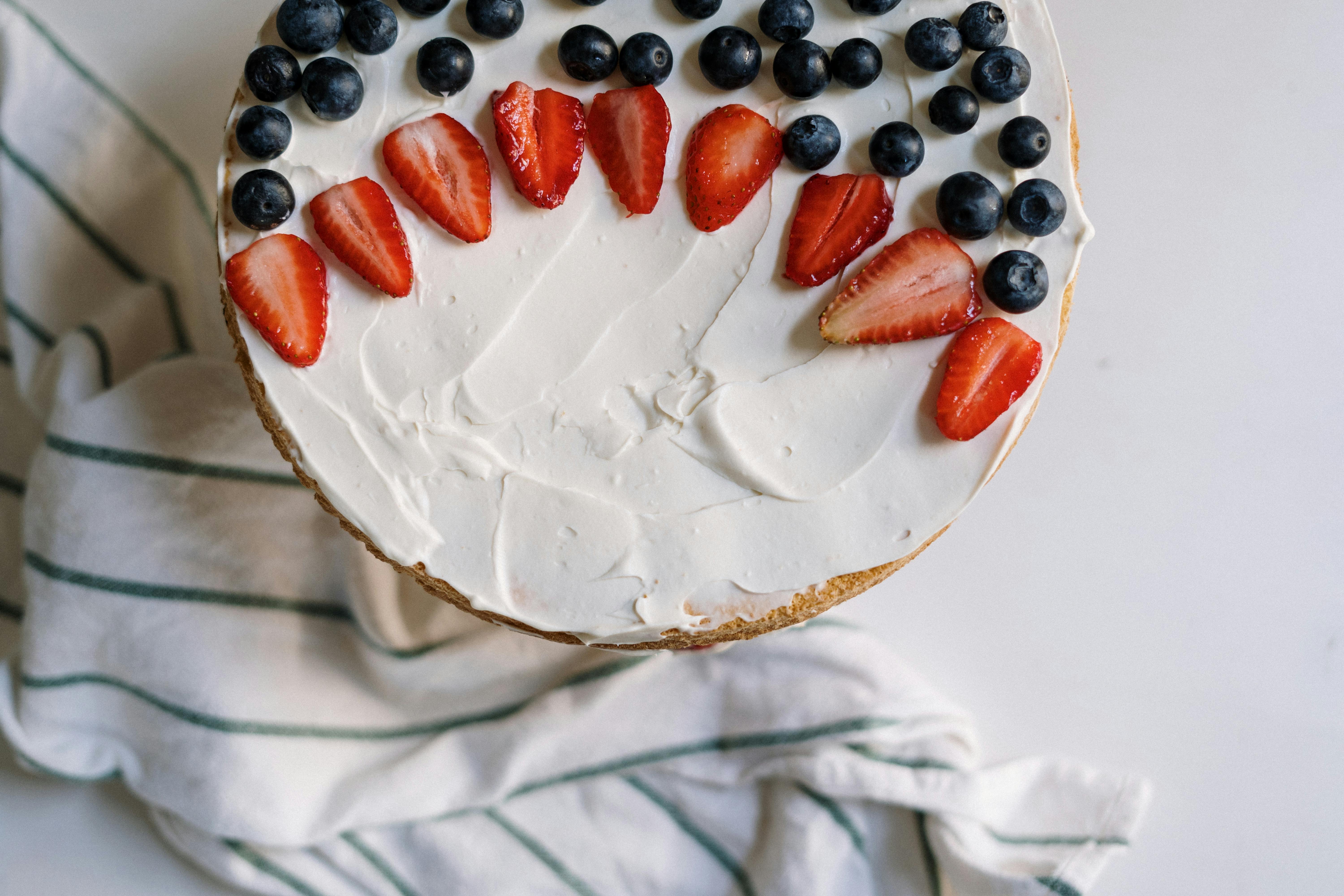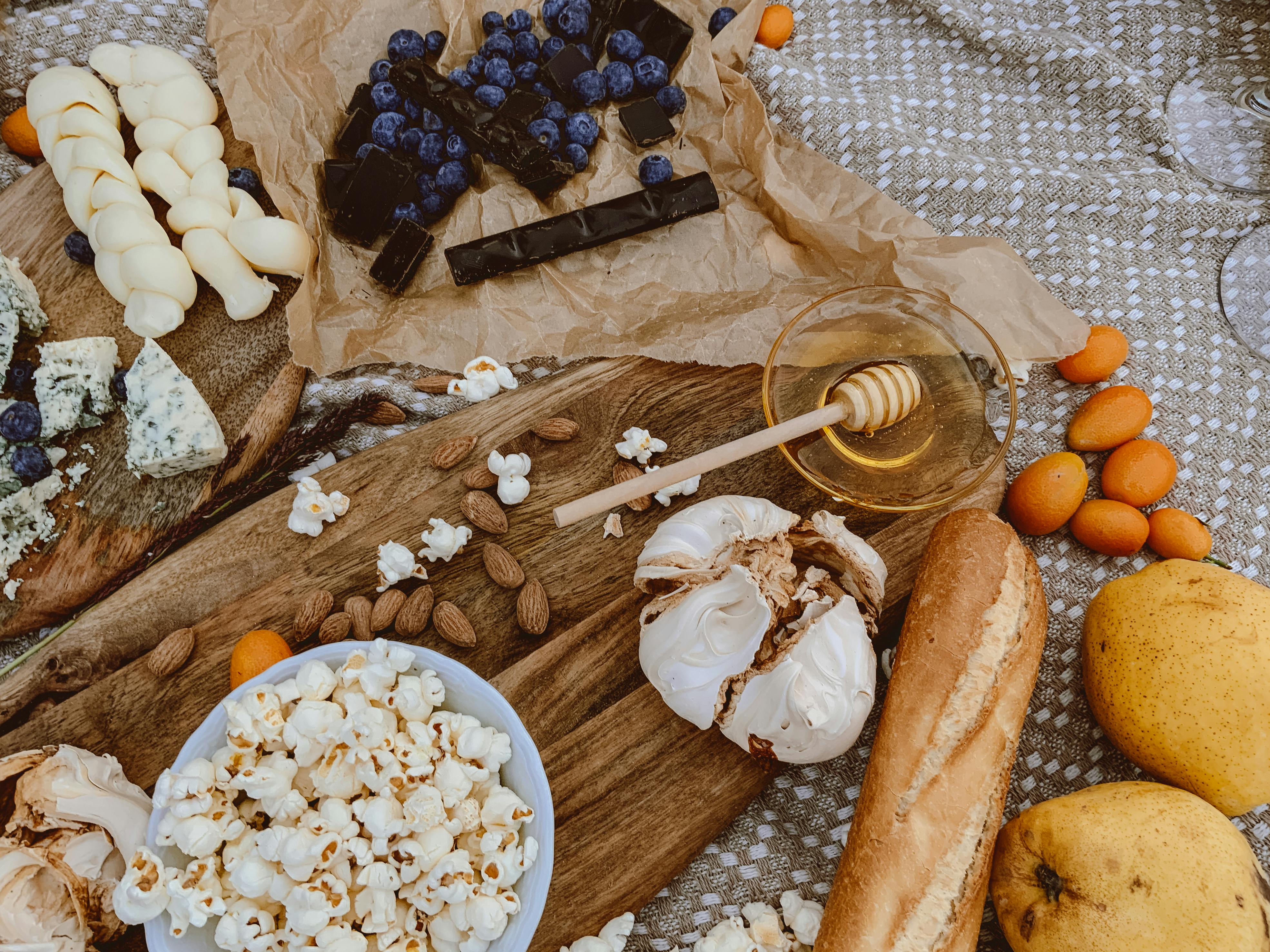If you’ve ever gone blueberry picking or to the store to purchase blueberries, you may have wondered how to tell if they are good. Whether you’re baking a pie, making a smoothie, or just snacking on them raw, it’s important to know how to pick out the best blueberries. Fortunately, there are a few easy ways you can determine if your blueberries are good and ready to eat.To check if blueberries are good, inspect them for signs of mold or spoilage. Check for discoloration, softness, and spots. Smell the berries; fresh blueberries should have a sweet, fragrant aroma. Taste a berry; it should be sweet and juicy. Avoid any berries that are sour or bitter tasting as they likely have gone bad.
What To Look For In Good Blueberries
When selecting blueberries, it is important to look for fruits that are firm and plump. Avoid soft and mushy berries, as these will not have the same flavor or texture when cooked. The berries should also be free of blemishes and have a deep blue color. If the berries are light in color, they may not be ripe yet. It is best to select organic blueberries whenever possible, as they have been grown without the use of pesticides or other chemicals.
When purchasing blueberries in a store, be sure to inspect them carefully before buying. Look for any signs of mold or bruising, as these can indicate that the berries have gone bad. It is also important to check the packaging for any signs of damage or tears, which may indicate that the berries were not handled properly during shipping or storage. Finally, confirm that the berries were stored in a cool and dry place prior to purchase.
Blueberries can also be purchased from local farms and farmers’ markets. This is a great way to get fresh fruit that has been grown locally without any added chemicals or preservatives. When shopping at these types of places, it is important to inspect the fruit closely for any signs of damage or spoilage. Additionally, it is wise to ask questions about how long ago the fruit was picked and what type of growing methods were used on the farm prior to purchasing it.
Checking for Freshness
When it comes to food, checking for freshness is an important part of the grocery shopping process. Before purchasing any food item, it’s important to make sure that the product is still good to eat and has not passed its expiration date. If you’re unsure about the freshness of an item, it’s best to avoid buying it altogether. There are several ways to check for freshness before making a purchase.
One way to check for freshness is by reading the expiration date printed on the packaging. Most products will have a “use by” or “best before” date stamped on them, which can help you determine if an item is still safe to consume. It’s also important to check for any signs of spoilage or discoloration on the packaging, as this could indicate that the product has gone bad.
Another way to check for freshness is by examining the product itself. Fresh fruits and vegetables should look vibrant and free of blemishes or mold spots, while meat and dairy products should have no signs of spoilage or discoloration. If you’re unsure about a product’s quality, it’s always best to ask a store employee for assistance before making a purchase.
Finally, it’s important to keep in mind that certain products may not be suitable for purchase after they have been exposed to certain temperatures and light levels for too long. For example, items such as eggs should be stored in cool temperatures and away from direct sunlight in order to maintain their freshness and quality.
Checking for freshness is essential when grocery shopping in order to ensure that you are purchasing safe and high-quality food items. By reading expiration dates, examining products closely, and keeping temperature levels in mind when shopping, you can make sure that your groceries stay fresh until you’re ready to use them!
Examining Blueberries
Examining blueberries for quality and freshness is a key step in any successful blueberry production cycle. Proper examination can help ensure that blueberries are harvested at the peak of their ripeness, and that any contaminated or spoiled fruits are identified and removed before they reach the consumer. Here are some best practices for examining blueberries:
Visual Inspection
The most basic form of examination is visual inspection. Look for signs of rot, mold, insect damage or other defects. This can be done from a distance, or using a magnifying glass to get a closer look. Be sure to inspect both sides of the berry.
Taste Test
For a more detailed inspection, try tasting the berry. The sweet-tart flavor should be pleasant, with no off-flavors or sour notes. Avoid tasting any berries that appear to be spoiled or moldy.
Smell Test
Similarly, smell each berry before eating it. Ripe blueberries should have a pleasant aroma with no signs of decay or spoilage.
Weight Test
The weight of a berry can also provide insight into its quality and ripeness. Ripe berries should be heavy for their size, while under-ripe berries may feel light or hollow.
By following these best practices for examining blueberries, growers can ensure that only the highest quality fruit reaches the consumer.
Inspecting the Skin of the Blueberries
When it comes to blueberries, the skin is one of the most important aspects to consider. When inspecting the skin of blueberries, you should look for any signs of damage or discoloration. If there is any damage to the skin, it may indicate that the blueberry is not in optimal condition and could be old or spoiled. You should also make sure that there are no discolored spots on the skin as this could be a sign of mold or other contamination.
In addition, you should inspect for any signs of mold or mildew on the skin of the blueberries. Mold can form on blueberries very quickly and can cause them to spoil quickly as well. If you detect any signs of mold on the skin, it’s best to discard the blueberries as they may not be safe to eat.
Lastly, when inspecting the skin of blueberries, you should also check for any bruising or softness. Bruising can occur when blueberries are mishandled during transport and storage, so you want to make sure that none of your berries have bruises on them. Softness can also be an indication that your berries may be old and past their prime so it’s best to avoid these as well.
By taking these steps when inspecting your blueberry skins, you can make sure that they are fresh and safe to consume. This will help ensure that you get only top-quality fruits with every purchase!

Smelling the Blueberries
Nothing beats the smell of freshly picked blueberries in the morning. The sweet and tart aroma of these little fruits can be a great way to start your day. The smell of blueberries has been linked to a feeling of happiness and relaxation, making them an ideal choice for those looking to add a bit of joy to their morning routine.
As you might expect, blueberries are not only delicious but also packed with nutrition. They are full of vitamins and minerals, and contain antioxidants that help protect cells from damage. Studies have also shown that consuming blueberries regularly can improve cognitive performance and reduce the risk of some chronic diseases.
When it comes to picking out ripe blueberries, there are a few things you should look for. First, make sure they’re firm and plump – if they feel mushy or discolored, they’re probably not fresh. You should also give them a good sniff – if they don’t smell sweet or tart, it’s best to pass on them.
The best way to get the most out of your blueberry experience is to pick them yourself. If you have access to a local farm or farmers market, take advantage of it! Not only will you get fresher berries than what you’d find at the grocery store, but you’ll also get an amazing experience sniffing these little fruits in their natural habitat.
No matter how you choose to enjoy them, smelling freshly picked blueberries is an experience that’s hard to beat!
Squeezing the Blueberries Gently
Squeezing blueberries is an important part of making sure they are ripe and ready to use. It is important to ensure that you squeeze the blueberries gently so that you do not damage them. This will help to make sure that the blueberries turn out delicious when you finally cook with them.
When squeezing blueberries, it is best to use your hands and gently press down on the berry with your fingers. You should not squeeze too hard or else you may damage the delicate skin of the berry. You should also not press too hard as this can cause the juice of the berry to be released, which may alter the taste or texture.
It’s also important to make sure that you are squeezing all of the berries evenly. If some berries are squeezed more than others, then they may end up being over-ripe or under-ripe when cooked with. You should also make sure to check for any signs of spoilage before using them in a recipe, such as mold or discoloration.
Once you have finished squeezing all of your blueberries gently, it’s time to use them in a recipe! You can use blueberries in a wide variety of dishes such as muffins, pies, jams and sauces. Blueberries are known for their sweet and tart flavor which makes them an ideal addition to any dish.
No matter what dish you decide to make with your freshly squeezed blueberries, make sure that you take care when squeezing them in order to get the best results possible!
Testing the Texture of the Flesh of the Blueberry
Testing the texture of the flesh of a blueberry is an important part of assessing its quality and flavor. The texture should be firm yet slightly yielding, with a slight pliability when pressed. It should be juicy and springy to the touch, with no sliminess. In order to test for this, one can gently press a blueberry between two fingers; if it yields slightly and has a juicy texture, then it is good quality. If it feels hard and dry, then it is not ripe enough.
Another way to test for texture is to cut open a blueberry with a knife or scissors; if there are any white spots or cores in the flesh, then this indicates that the blueberry was unripe when picked. The flesh should also be dense and intact; if it is mushy or watery, then this indicates that it has been overripe for too long. Finally, when tasting a blueberry, one should feel as if they are biting into something juicy and flavorful – if there is no flavor or juiciness present, then this could indicate that it was picked too early or that it wasn’t harvested properly.

Conclusion
It is easy to tell if blueberries are good. Look for ones that have a deep, uniform color and are plump and firm. Avoid any that have soft spots, wrinkles, or an off smell. The smell and taste of the berry should be sweet and tart, not bitter or sour. If you can’t eat them right away, store them in a single layer in the refrigerator for up to one week. They can also be frozen for up to six months. With these tips, you’ll be able to pick the best blueberries every time!
Enjoying fresh blueberries is a great way to enjoy the sweet taste of summer all year round! Whether you serve them in breakfast recipes or bake them into desserts, blueberries are always a welcome treat. By following these tips for how to tell if blueberries are good, you can ensure that your berries are the freshest they can be!



